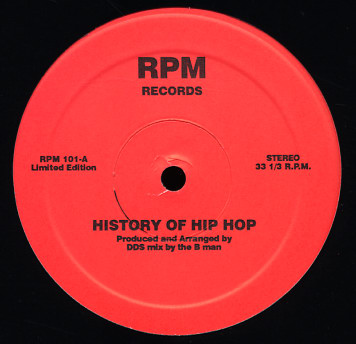Deleuze/Guattari: Remix Culture, Paul D. Miller Interviews Carlo Simula

Image source: Dusty Groove
Text source: Nettime.org and Djspooky.com
November 20, 2005
The following is an interview with Carlo Simula for his book
MILLESUONI. OMAGGIO A DELEUZE E GUATTARI (Cronopio Edizioni)
Contributions will include Guy-Marc Hinant (Sub Rosa), Philippe Franck (transcultures, le maubege), Bernhard Lang, Tim Murphy, Achim Szepanski – and many others. I think it’s an update on some issues that have been percolating.
Smell the brew.
Paul,
Tunis, Tunisia 11/20/05
1) You’ve often referred in your interviews to how much contemporary philosophy has influenced your work. Foucault said “Un jour, peut-être, le siècle sera deleuzien”, how much and in which way Deleuze and Guattari influenced you? And what you feel is interesting in their work?
The idea of the “remix” is pretty trendy these days – as usual people tend to “script” over the multi-cultural links: the economics of “re-purposing,” “outsourcing” and above all, of living in an “experience economy” – these are things that fuel African American culture, and it’s active dissemination in all of the diaspora of Afro-Modernity. My take on Deleuze and Guattari is to apply a “logic of the particular” to the concept of contemporary art. Basically it’s to say that software has undermined all of the categories of previous production models, and in turn, molded the “computational models” of how “cultural capital,” as Pierre Bourdieu coined it, mirrors various kinds of production models in a world where “sampling” (mathematical and musical), has become the global language of urban youth culture. Eduoard Glissant, the Afro-Caribbean philosopher/linguist liked to call this “creolization” – I like to call it “the remix.” Philosophy is basically a reflective activity. It always requires a surface to bounce off of. We don’t exist in a cultural vacuum.










